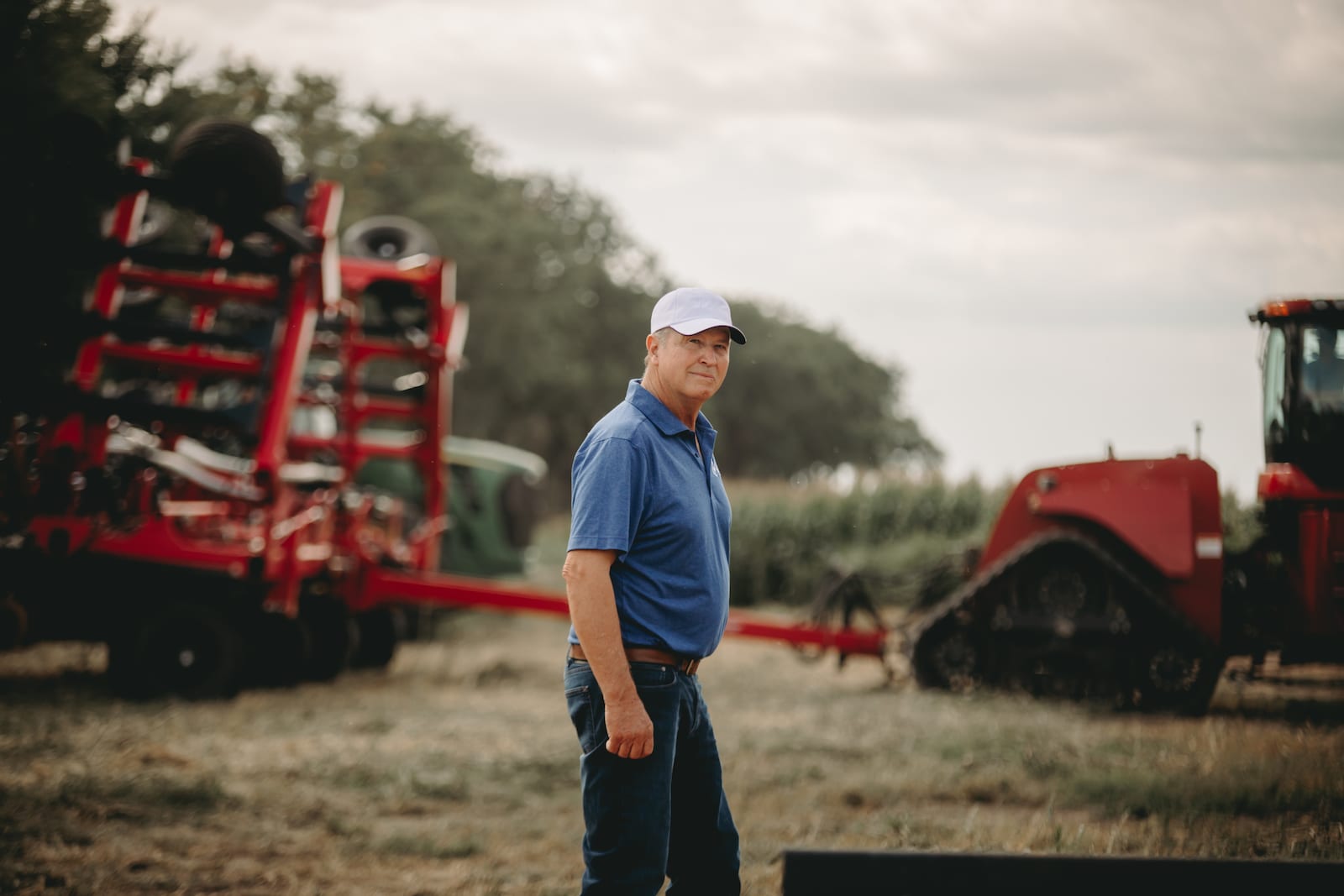Soybean farmers across the U.S. are actively working to improve their sustainability. They focus on improving soil health, using practices to reduce greenhouse gas emissions and decreasing the potential for nutrient runoff.
How Are You Improving Your Sustainability and Profitability?

Tony Mellenthin, Wisconsin: On our family farm, we view sustainability as a triangle, with environmental, social and financial sustainability aligned. We don’t till our fields, so we plant into the residue from the previous year’s crop to prevent wind erosion and surface runoff. To protect and prioritize our soil’s health, we use variable rate technology, which prescribes customized amounts of inputs such as fertilizer and nutrients to match the needs of different parts of each field. Our soil’s fertility is important — soil is the lifeblood of our existence.

Kurt Maurath, Kansas: On our farm in northwestern Kansas, we reduce tillage to improve our water quality and decrease water usage. When we irrigate from the Ogallala Aquifer, we aim to use as little as possible to grow our crops. That’s important to the life of the aquifer. We are fond of saying that we save every drop of water that comes to us from rain or dew or our irrigation. Every drop of water is a precious commodity and worth saving.

Mike McCranie, South Dakota: We implement many practices to keep our farm sustainable. We don’t till our fields in order to preserve soil, a vital and limited resource. We also limit our insecticides by using sprayers with variable rate technology to avoid over spraying parts of the field or spraying areas that have already been covered. Sustainability and profitability go hand in hand in farming. If you’re not sustainable, you’re not profitable.
U.S. Soy helps make whatever you make more sustainable. Steps to improve sustainability are taken throughout the soy value chain to create an environmentally friendly product for end users to sell to consumers. Farm practices such as precision agriculture, pesticide-resistance management, reduced tillage and buffer strips all positively impact environmental goals, including water quality, soil health and greenhouse gas emissions.
Visit unitedsoybean.org/sustainability-report to download the Soy Sustainability Report
